Engine cooling system: structure and operating principle? Damaged and repaired?

Any engine when operating generates a certain amount of heat. For internal combustion engines, it operates on the principle of heat conversion, the mechanical energy at the crankshaft (engine), so during operation it will generate a huge amount of heat. When the engine temperature is too high to be controlled, it can melt metal components inside the engine such as pistons, rings (silver pistons), rods (upper arms), cylinder or cylinder, etc.
In addition, if the temperature increases, the expansion of the chamber's chamber will be expanded causing phenomena such as piston jam in the cylinder wall, cracked cylinder cover or body crack, which may even lead to Crossbows are extremely dangerous for car users. Because of the above reasons, the combustion engine during operation always needs an accompanying cooling system to control the engine's temperature to ensure the engine operates stably and produce maximum power.
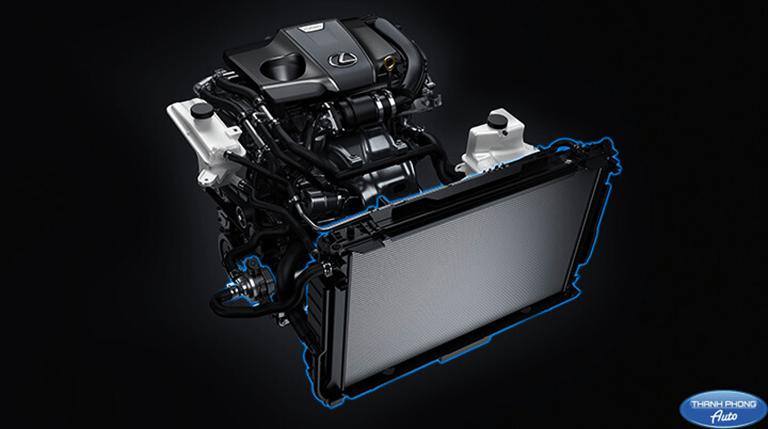
Engine cooling system can be divided into two types: liquid cooling system and air cooling system. Air-cooled systems can be found on today's digital motorcycles. The water-cooled cooling system is mainly used in cars due to its effective cooling capacity in most highway or city conditions, which often turn off the road.
The cooling system consists of cooling water circuits inside the body and the chip cover, the cooling water circuit goes around the body and chip cover to achieve the best cooling effect. A water pump is used to make the cooling water circulation, constant temperature valve used to adjust the cooling water temperature to the required temperature, a cooling water tank to cool the cooling water and a water tank cover to adjust pressure inside the cooling water pipe.
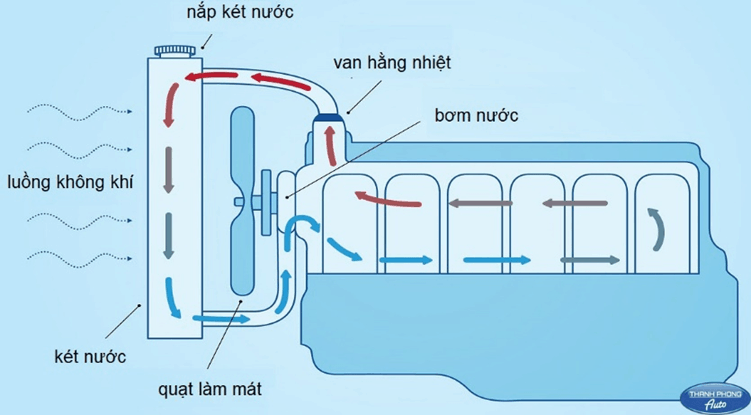
+ Note: Hygiene - Maintenance of car exterior
The cooling system works by transporting circulating cooling water around the body and the chip cover. As coolant circulates through them, it removes heat from the engine. Hot water will then be pushed to the cooling tank, the water will be divided into small pipes inside the tank and cooled by the wind generated by the cooling fan simultaneously with the wind generated by the car. to cool the water. When the hot water is cooled, it will continue to circulate back into the engine to continue the continuous cycle thanks to the operation of the water pump.
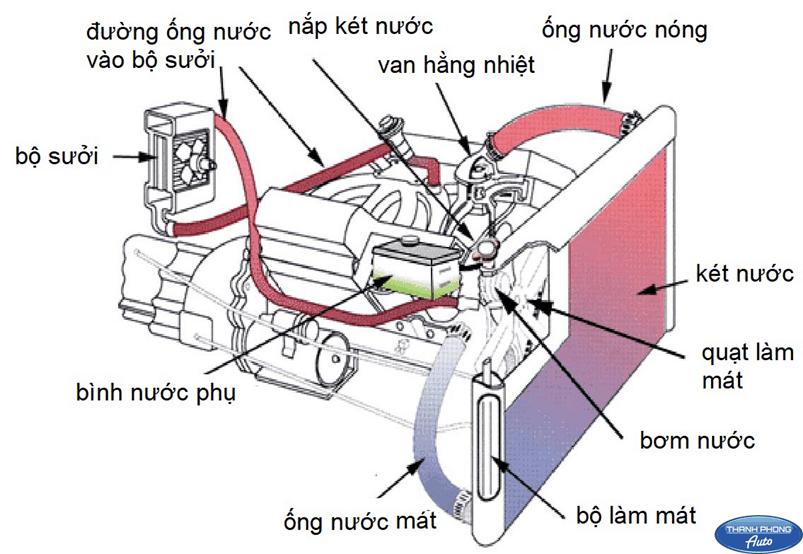
Thermostat valves are located between the engine and the water tank to ensure that the coolant is always kept at a certain working temperature. If the coolant is too ventricular, the thermostatic valve will close to prevent coolant from flowing into the radiator, the purpose of which is to quickly raise the temperature to the operating temperature. When the water temperature reaches the stable working temperature, the constant temperature valve will open to perform water circulation to the radiator.
To prevent the cooling water from boiling, the cooling system is designed to withstand pressure. When the pressure is higher, the boiling temperature of the water will increase, but if the pressure is too high, it will cause the body to crack or the water pipes to burst. Therefore, the pressure in the cooling system will be appropriately controlled by the radiator cap. When the pressure inside the cooling system is too high, the radiator cap will open to allow water to enter the auxiliary water tank, reducing the water pressure. When the cooling water temperature drops, the water in the auxiliary water tank will be drawn back into the system. This cooling system is called a closed circulating cooling system.
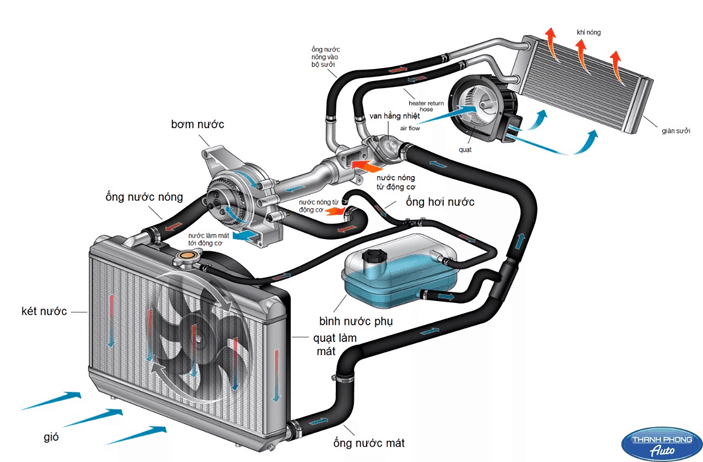
You can learn more about the principles of operation of the internal combustion engine cooling system through the video below:
+ Note: Gearbox: Structure, classification, automatic transmission ...
Engine coolant must be resistant to freezing when the ambient temperature is below 0oC. When the cooling water freezes, its volume expands, causing the hard pipes inside the cooling tank to burst, causing damage to the tank. At the same time, the water vessels inside the engine expand and cause engine breakage which can lead to extremely serious damage.
Besides, the cooling water must not cause corrosion or oxidation to the engine. Because the engine's internal components are made entirely of metal, especially the body made from aluminum alloy. Aluminum and aluminum alloys are very susceptible to oxidation when exposed to corrosive substances such as acids, even plain water can cause great corrosion to the body, causing engine damage.
When the water pipes inside the engine are oxidized, it will produce deposits that clog the engine cooling water, making the cooling water unable to circulate, when the engine temperature will rise. resulting in overheating. When the engine temperature is too high, it can lead to other consequences such as: the viscosity of the lubricant will decrease so that the lubrication is no longer possible, so the parts will be severely abrasive leading to overhaul costs. Extremely expensive repairs.
Excessive engine temperature is also the cause of ignition for gasoline engines, detonation can cause car explosions which are very dangerous for people in the car.

Therefore, the choice of cooling water is extremely important for the engine. The coolant used today is usually Ethylene Glycol solution, it is an organic liquid that does not cause chemical or oxidative corrosion, and its boiling and freezing temperatures are also suitable for engines. .
Teach yourself not to forget to check the cooling water level in the water tank before each trip. If the water level is too low, do not rush to open the radiator cap until the engine has cooled down, the engine cool down time is several hours depending on engine type.
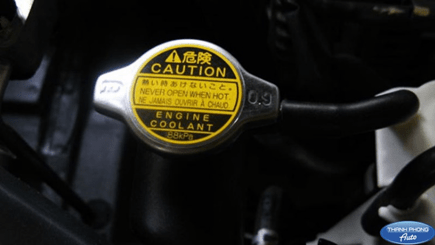
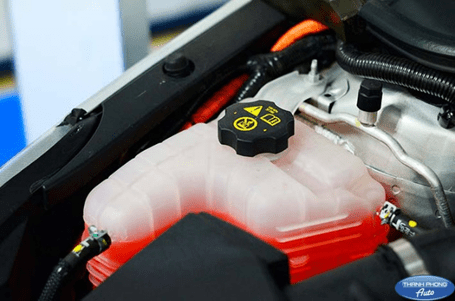
Absolutely do not operate the engine when the cooling water level is too low, serious damage can occur causing dangerous problems for people in the car. Always monitor the coolant temperature indicator on the taplo meter to ensure that your car's engine is still adequately cooled to be able to operate. Stable operating temperature of the engine ranges from 90oC to 93oC, means the temperature indicator is in the middle.
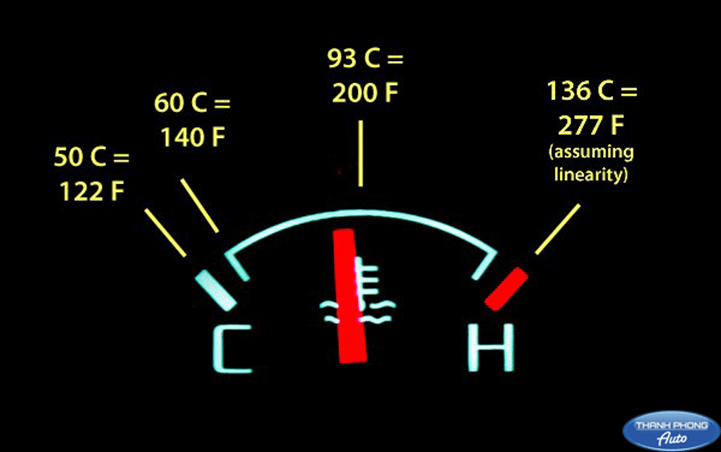
In some cases, the needle indicates that the engine coolant temperature is much lower than that of the engine's stable operating temperature (90).oC - 93oC). Cooling water temperature too low compared to operating temperature also affects engine performance. When the engine coolant temperature is low, fuel will be injected into the combustion chamber more, increasing fuel consumption of the vehicle. At the same time, the constant cooling water cooling temperature is also an indication that the thermostat valve has been damaged or it may be due to the use of unnecessary cooling fans by car users. When these fans work, they will reduce the amount of energy contained in the battery quickly.
+ Water leak is leaking, leaking cooling water out, the reason may be due to the tank being hit after an accident.
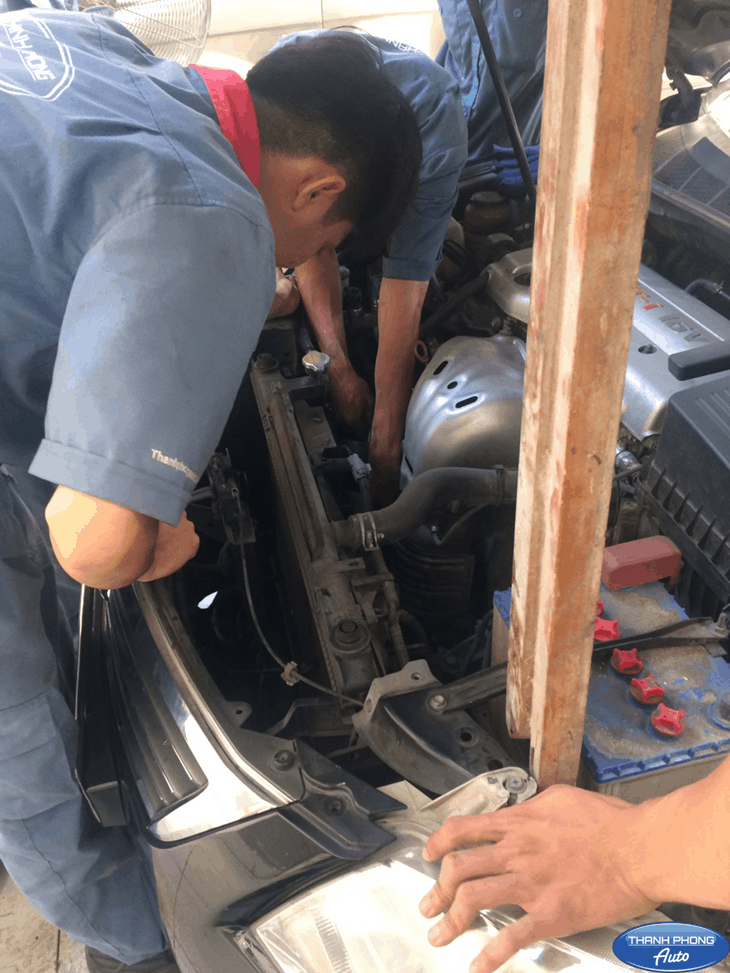
+ The water tank is clogged due to improper use of standard coolant, this is a common problem when subjective car users disagree with using standard coolant but instead use normal water. many impurities. When the engine is operated at high temperatures and pressures, it will generate debris and rust that block the tank.
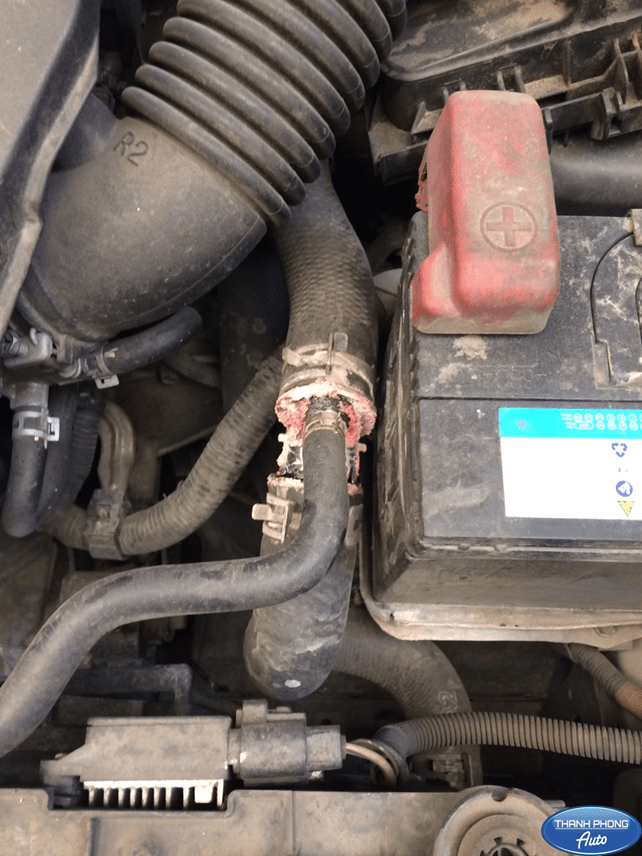
+ Damaged thermostat valve due to long-term use.
+ Damaged radiator cooling fan.
+ A broken pipe joint causes water leakage.
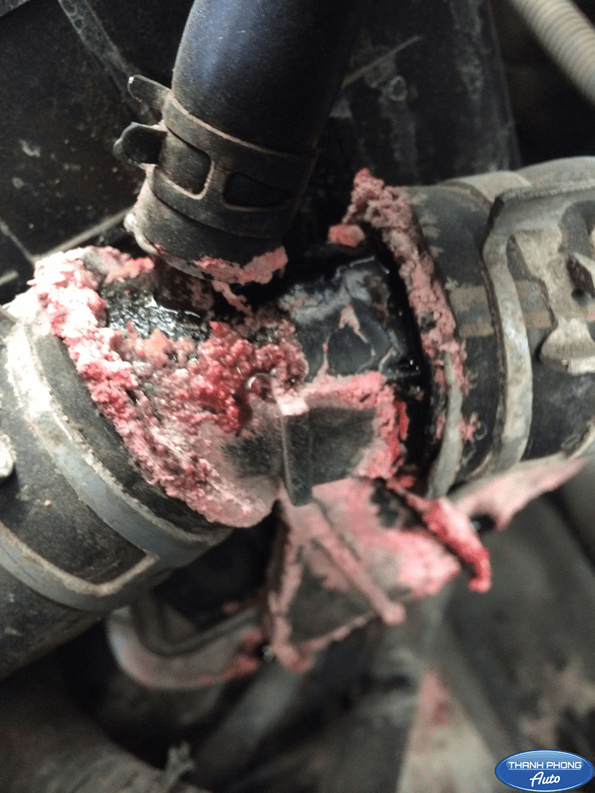
+ And other common mistakes ...
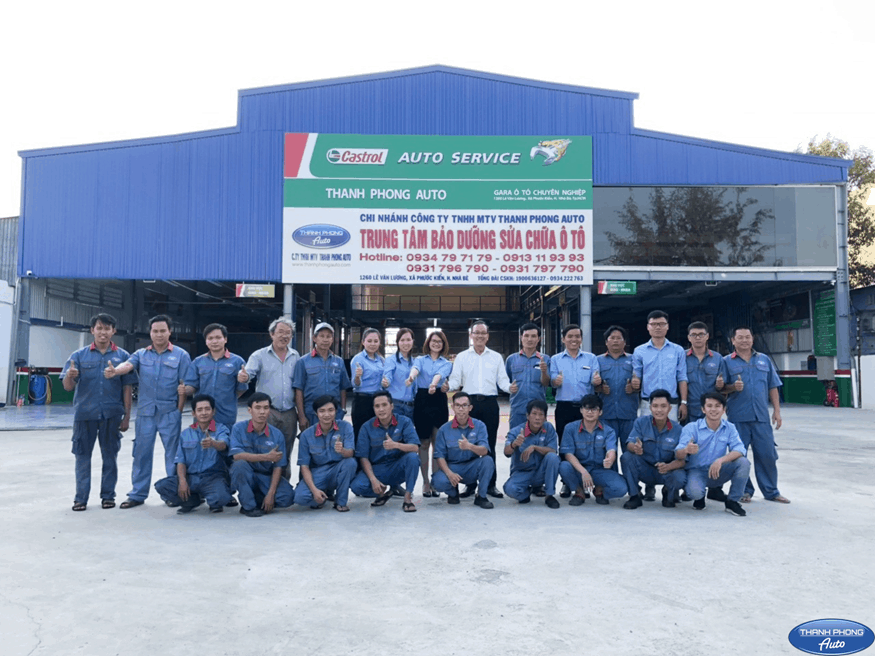
Please contact us as soon as you have any questions. We are always ready to advise, support, share everything with you!
We are happy to serve you, please contact us at the hotline: 0934 797 179 - 0934 222 763
You are viewing the article Engine Cooling System: Structure? The Damaged and Repaired? in the category Car Care in Thanh Phong Auto. All reviews about service quality at Thanh Phong Auto please leave a comment right below the article. Don't forget to check out other great posts at Thanh Phong and share it with everyone!
Cars Care Service Price Sheet At Thanh Phong Auto HCMC VietNam:
* The cars that we have mechanics: Mercedes, BMW, Audi, Lexus, Toyota, Honda, Mazda, Mitsubishi, Kia, Daewoo, Hyundai,Ford, Nissan, Volkswagen, Porsche, Chevrolet, Rand Rover, Innova, Fortuner, Vios, Fiat, Bugatti, Ferrari, Bentley, Hummer , Chrysler, Dodge, Renault, Cadillac, Volvo, Subaru, Daihatsu, Ssangyong, Roll-Royce, Peugeot, Smart Fortwo, Tobe M'car, Luxgen, Zotye, Haima, Geely, Baic, Hongqi, Cmc, Mini Cooper, Buick, Opel, Acura, Aston Martin, Vinfast, TQ Wuling.
To keep your vehicle running properly at all times, we offer a number of services that are carried out by our certified, expert auto service and repair technicians who have years of experience performing everything from oil changes to a complete engine overhaul.
LEAVE COMMENT
4 Commentary
Why is water flowing down when a car is stopped near the car?
Can I use kiem do ionized water in the water tank please?
Very good article, helping newbies add a lot of useful knowledge; I would like to ask: My car yaris 2008 has a broken water tank, replace it with a new one, but the standard water level in the main tank is always about 6cm lower than the top of the lid, every time I fill it up, then it goes away (add water about 1 to 2 cups of eye cup) buffalo is full); If you run 200km/day or keep the car in one place for a few days, the water level will be similar to that...,, Please help me by sharing with experts!
My car's main cooling water tank runs about 100 km, then in the main tank, the water drops about a finger, I pour into the main tank about two cups of fresh water, please ask what is wrong with the car